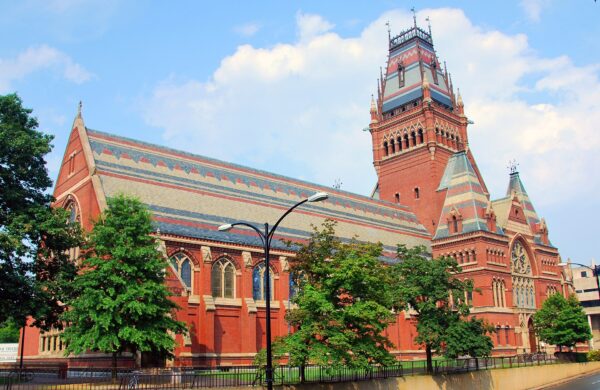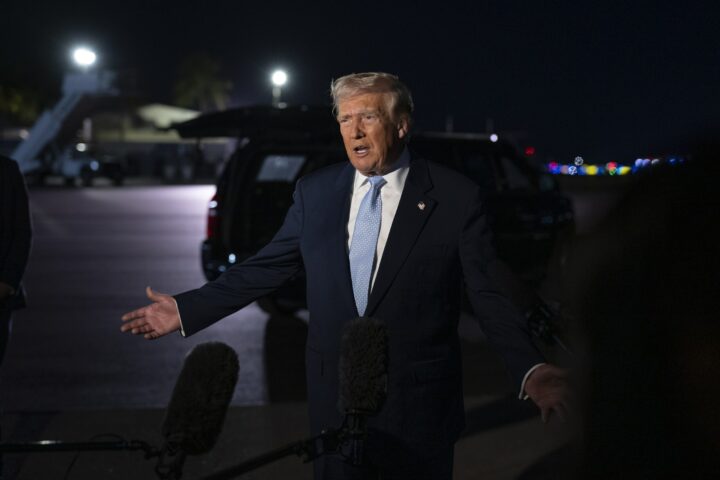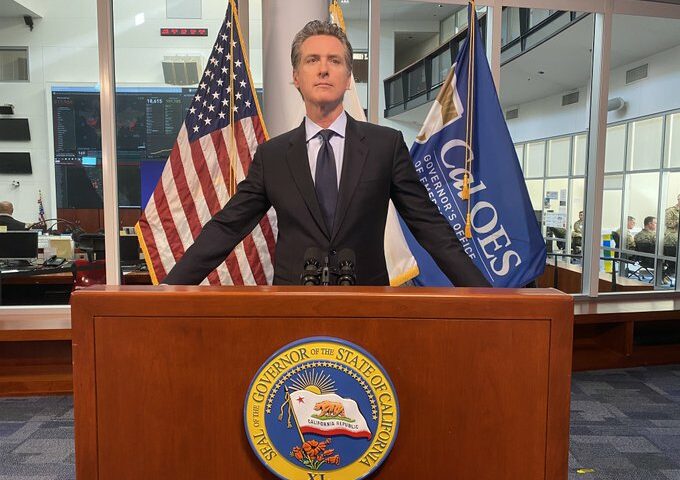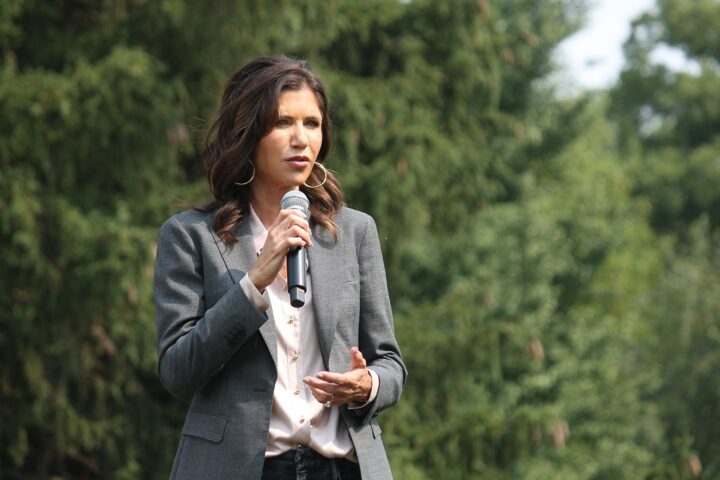Federal data reportedly shows a sharp drop in the number of international students traveling to the United States this August — nearly 20 percent lower than last year, according to figures analyzed by The New York Times.
The 19 percent decline marks the steepest drop since the COVID-19 pandemic, raising questions about shifting global attitudes toward American higher education and the country’s increasingly selective immigration enforcement.
A separate federal tracker recorded a 23 percent smaller increase in new foreign students this August compared with 2024.
While some students may still arrive in September, and others may have remained in the country through the summer, the numbers suggest a notable slowdown in international enrollment.
The decline has been uneven across regions. Asian students — who make up the majority of foreign students in the United States — dropped by 24 percent.
European students declined by 2 percent, while the number of African students fell by 32 percent. Students from the Middle East declined by 17 percent and those from South America by 11 percent, the Times reported.
The United States has traditionally hosted more than a million foreign students each year, with many enrolling in science, technology, and engineering programs.
But this year’s drop comes as the Trump administration has pursued a series of measures that it says are aimed at restoring accountability and security to the student visa process.
Supporters of the administration’s policies argue that tougher vetting and enforcement are long overdue. They say years of lax oversight allowed some foreign nationals to abuse student visas, overstay their time in the U.S., or use the visa system to conceal security threats.
The administration has tightened background checks and expanded social media vetting for student applicants — a policy officials describe as necessary to ensure transparency and safety.
Critics, however, claim the new rules have had a chilling effect on international enrollment. They point to delays in visa interviews and processing as deterrents for prospective students.
Some also cite recent cases involving pro-Palestinian student activists who were arrested during campus demonstrations as evidence that the administration’s stance toward foreign students has grown more restrictive.
Over 200 international students have filed lawsuits against the Trump administration, seeking to have their visas reinstated. Some schools have also complained about what they describe as “quotas” on the number of international students permitted to enroll — claims the administration has denied, insisting that admissions decisions remain in the hands of universities.
For now, it remains unclear whether this summer’s drop represents a short-term dip or the start of a longer trend. What is certain is that the U.S., long regarded as the world’s premier destination for higher education, is now reexamining the balance between openness and national security — a debate that could redefine how the country welcomes scholars from abroad in the years ahead.
[READ MORE: Trump Mocks Al Sharpton, Calls for FCC Review of NBC’s License Over “One-Sided” Coverage]








